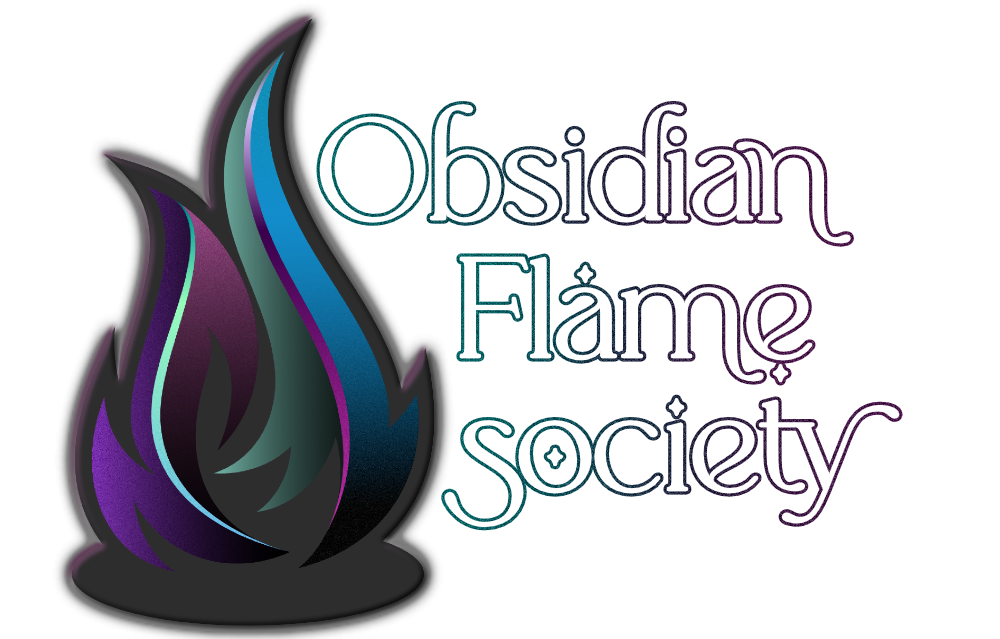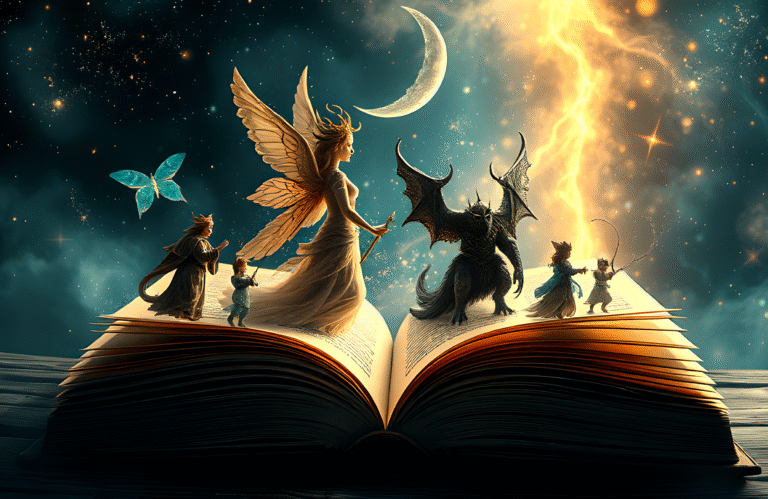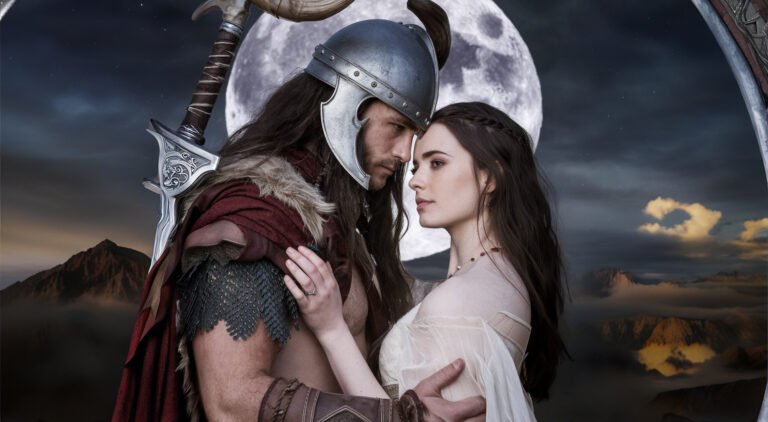Introduction
Picture it: a candlelit villa where lightning cracks over a restless lake, ink bleeding across paper as if the storm itself demanded new words. A smoky Elizabethan tavern, echoing with bawdy laughter and the clash of tankards, where sonnets are traded as fiercely as insults. A Harlem nightclub pulsing with jazz, where poetry spills from the stage like fire, reshaping language itself in real time.
Different centuries, different continents — yet the same current hums beneath them all. Writers gather, voices overlap, and suddenly the air is charged, combustible. These weren’t just friendships or casual study groups. They were crucibles of imagination, circles of fire where ideas sparked into revolutions, where stories became manifestos, and where manifestos remade society.
To walk into one of these circles is to step into a forge — a place where brilliance, rivalry, and camaraderie collide until something larger than any single author is born.
Let’s step inside some of history’s most powerful literary circles, and see how they bent the world toward their words.
1. THE UNIVERSITY WITS (1580’S – 90’S, LONDON)
Before Shakespeare reigned supreme, a band of sharp-tongued young men stormed London’s stages with words as dangerous as daggers. Christopher Marlowe, Thomas Kyd, Robert Greene, Thomas Nashe, John Lyly, and George Peele — most university-educated, hence the name — swaggered between taverns, theaters, and printers’ shops, as quick to spill ink as they were to draw swords.
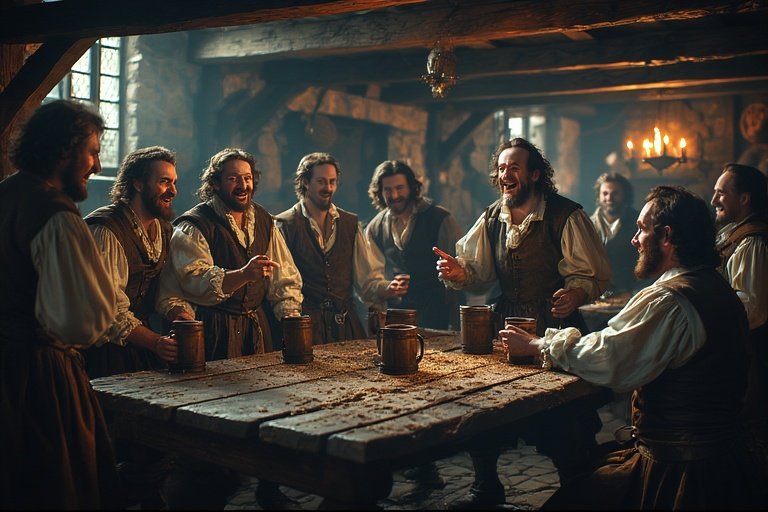
Their plays were unlike anything England had seen before. Where earlier drama was stiff and moralizing, the Wits poured in blood, thunder, and black humor. Marlowe gave us Faust bargaining with the devil, Tamburlaine conquering the world with sheer charisma, and blank verse that rolled like cannon fire. Kyd’s The Spanish Tragedy brought revenge to the English stage in a way that would echo for centuries. Nashe’s pamphlets tore through London’s scandals with satirical bite, while Greene’s prose romances shaped the era’s popular taste for love and intrigue.
They lived loudly and burned brightly — many dying young, often violently, as if consumed by the very fire they carried. But their cultural impact was immense. They transformed drama from didactic morality plays into living, breathing theater that captured the chaos and ambition of Renaissance life.
And of course, they set the stage — literally — for Shakespeare. Greene sneered at him as an “upstart crow, beautified with our feathers,” a country boy daring to rival Oxford-trained men. The insult became prophetic. Shakespeare not only rose higher but absorbed the daring innovations of the Wits, refining them into something enduring. Without the Wits, the golden age of English drama would never have caught fire.
2.THE NIGHT SCHOOL (1816, GENEVA)
The year was 1816 — remembered as “the Year Without a Summer.” A massive volcanic eruption in Indonesia had shrouded the globe in ash, dimming the sun, dropping temperatures, and turning Europe’s skies a sullen gray. On the shores of Lake Geneva, a circle of restless young Romantics took refuge in a villa, their exile marked by storms that battered the windows and lightning that clawed across the lake.
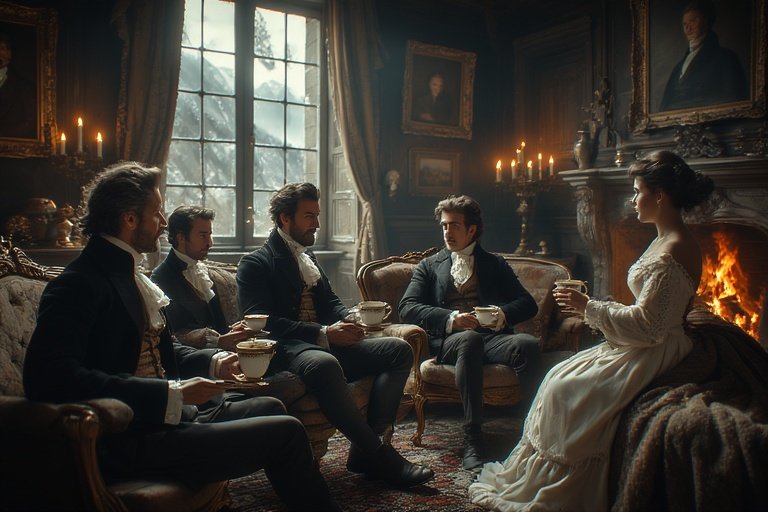
Inside Villa Diodati, conversation was as charged as the weather. Lord Byron, scandal incarnate, held court with Percy Bysshe Shelley, his future wife Mary Godwin, Mary’s stepsister Claire Clairmont, and Byron’s physician John Polidori. They read German ghost stories aloud, drank, quarreled, and finally — bored and trapped indoors by the endless rain — challenged each other to invent new tales of terror.
What emerged from that storm-lashed crucible reshaped literature. Mary, not yet twenty, dreamed of a scientist who reanimated dead flesh — and Frankenstein was born, fusing Gothic atmosphere with modern anxieties about science, power, and creation itself. Polidori, inspired by Byron’s brooding presence, drafted The Vampyre, giving birth to the vampire as a darkly alluring aristocrat — an archetype that would echo from Dracula to today’s paranormal shelves. Even Byron’s own fragmentary tale, though unfinished, fed into this new mythology of Romantic horror.
From one villa, in one uncanny summer, the foundations of both science fiction and modern horror were laid. Their stories were not mere diversions: they crystallized 19th-century fears about unchecked ambition, the fragility of human life, and the thin boundary between genius and monstrosity. Villa Diodati was more than a salon of friends — it was a lightning rod, channeling storm and imagination into creations that still haunt us two centuries later.
3.THE TRANSCENDENTALISTS (1830's – 50's, CONCORD, MASSACHUSETTS)
Not all revolutions were born in smoky taverns or storm-tossed villas. In Concord, Massachusetts, they sprouted like saplings in the quiet of parlors and under the shade of oak trees. Here, Ralph Waldo Emerson gathered with Henry David Thoreau, Margaret Fuller, and Bronson Alcott, weaving philosophy, poetry, and reform into a vision of how individuals might live in harmony with nature — and in defiance of unjust authority.
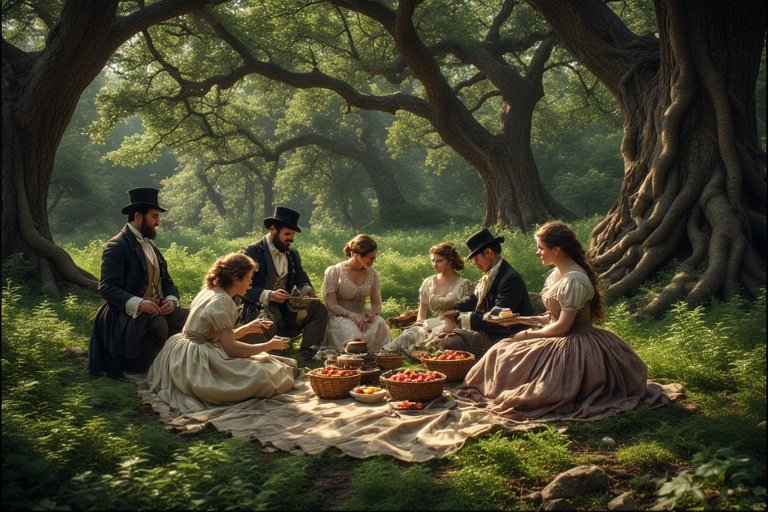
They believed that truth was not handed down by institutions but discovered within: an “inner light” that connected every soul to the divine. Their essays and conversations turned thought into action. Emerson urged self-reliance, a radical confidence in one’s own moral compass. Fuller, editor of The Dial and America’s first major female public intellectual, pushed the boundaries of gender and intellect, arguing fiercely for women’s equality. Alcott experimented with new forms of education, planting seeds for progressive schools to come.
And then there was Thoreau. When ordered to pay a poll tax that supported slavery and the Mexican-American War, he refused — and was jailed for a night. Out of that protest came Civil Disobedience, an essay that would ripple outward for generations, reaching Gandhi in South Africa and Martin Luther King Jr. in Montgomery, Alabama. What began as a single act of conscience in a New England village became a blueprint for global movements of nonviolent resistance.
This Concord circle reshaped not just American literature, but the very conscience of nations.
4.THE BLOOMSBURY GROUP (1900's – 30's, LONDON)
In Edwardian and interwar London, amid elegant drawing rooms fragrant with cigarettes and tea, the Bloomsbury Group gathered to reimagine the possibilities of art, literature, and life itself. Virginia Woolf, E.M. Forster, Vanessa Bell, Lytton Strachey, John Maynard Keynes, and their circle of friends blurred the lines between disciplines and between lives. Painters, novelists, critics, and economists sat elbow to elbow, their conversations leaping from Greek tragedy to psychoanalysis, from Cubism to Keynesian economics.
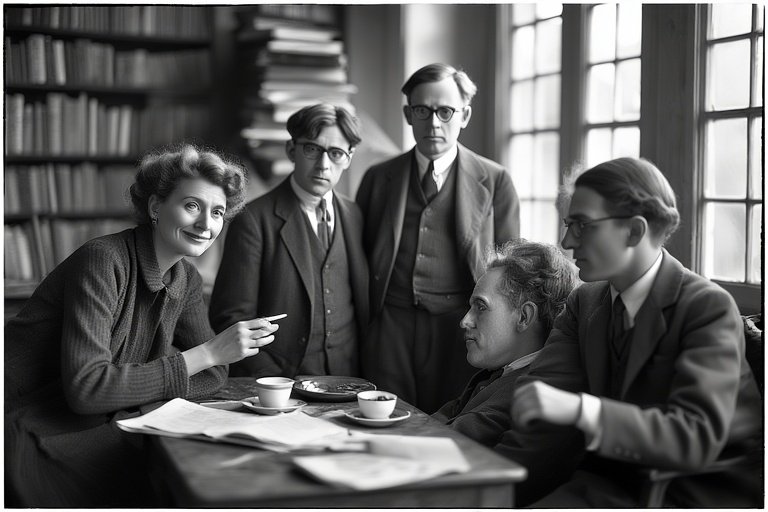
Bloomsbury was radical not through violence, but through its insistence that creativity and personal freedom were inseparable. Their works reflected this ethos: Woolf’s Mrs. Dalloway and To the Lighthouse fractured narrative time, reinventing the modern novel; Forster’s Howards End and A Passage to India probed class, empire, and human connection; Bell’s paintings explored abstraction, while Strachey’s irreverent biographies demolished the stiff reverence of Victorian history. Together, their salons and publications gave modernism its heartbeat.
Perhaps most daringly, Bloomsbury lived its ideals. They challenged conventions of gender, sexuality, and social class, creating a network where same-sex love, open marriages, and unconventional partnerships could flourish — a quiet but profound rebellion against Edwardian restraint. Woolf’s A Room of One’s Own crystallized these currents into a literary manifesto, declaring that women needed space, income, and independence to create. The essay became a rallying cry that still echoes in feminist thought today.
The Bloomsbury circle proved that art could not only mirror life, but remake it — and in doing so, they redrew the very map of modern creativity.
5.THE HARLEM RENAISSANCE (1910's – 30's, HARLEM, NYC)
In the crowded streets and smoky clubs of Harlem, a revolution of sound and word took flight. Jazz spilled from the cabarets, syncopated rhythms drifting into tenement windows, where poets, novelists, and painters transformed the energy of the music into art that demanded recognition. Harlem was more than a neighborhood — it became the capital of Black creativity, a place where culture was forged as resistance and as celebration.
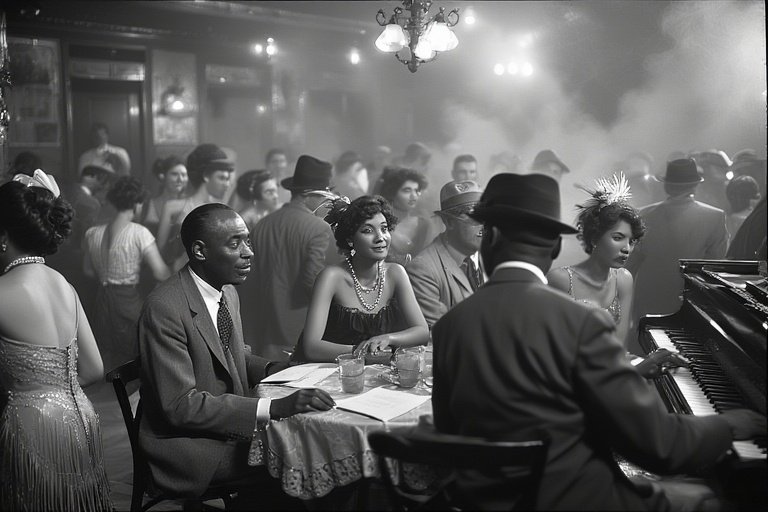
Langston Hughes gave voice to ordinary Black life in verse that rang with blues cadences and unshakable pride. Zora Neale Hurston collected folklore and wrote novels that preserved the richness of African American speech and culture, unapologetically centered in its own brilliance. Claude McKay’s fierce sonnets, like “If We Must Die,” called for dignity in the face of violence and oppression. Painters like Aaron Douglas infused modernist form with African motifs, while musicians like Duke Ellington turned Harlem’s stages into laboratories of sound.
The Harlem Renaissance was not only art for art’s sake; it was art as a declaration of existence, power, and future. When Hughes wrote I, Too, he wasn’t only composing a poem — he was planting a flag for generations to come, a vision of America remade to include those it had excluded. The words of this circle reverberated outward, laying the cultural and intellectual groundwork for the Civil Rights Movement three decades later.
This Harlem circle turned jazz into literature, folklore into manifestos, and community into a movement — and in doing so, they rewrote the American story.
6.THE LOST GENERATION (1920's, PARIS)
In the aftermath of World War I, Paris became a magnet for exiles — writers and artists adrift, disillusioned, and hungry for meaning after the trenches had shattered old certainties. They crowded into Left Bank cafés, chain-smoking and quarreling over art, politics, and love. Hemingway drafted sentences as lean as a boxer’s jab. F. Scott Fitzgerald poured jazz, excess, and heartbreak into his novels. Ezra Pound and T.S. Eliot experimented with language until it cracked apart and reassembled into modernism. Presiding over it all was Gertrude Stein, whose apartment doubled as salon and crucible, where canvases by Picasso leaned against walls and where young writers sharpened their craft under her fierce eye.
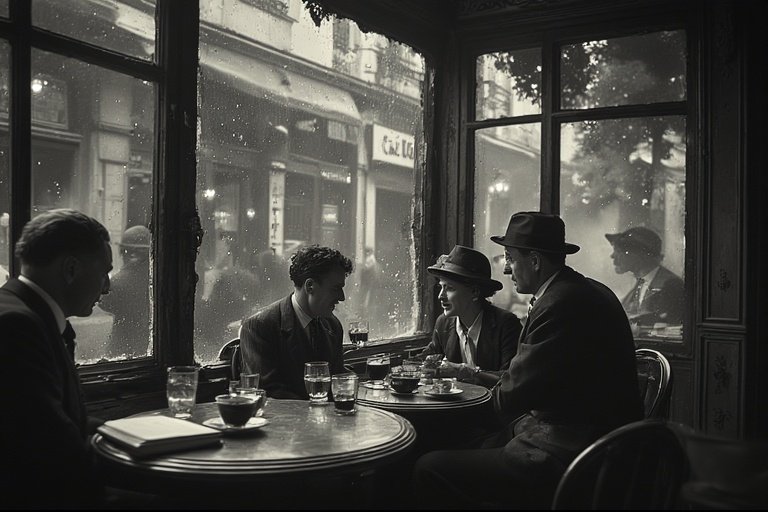
It was Stein who named them: “You are all a lost generation.” She meant it as indictment, but they wore it as identity. They were a generation scarred by war, skeptical of tradition, unwilling to settle back into the illusions their parents had embraced. Their works — Hemingway’s The Sun Also Rises, Fitzgerald’s The Great Gatsby, Eliot’s The Waste Land — captured a world of brittle glamour and aching emptiness, where the old gods were gone and the new idols rang hollow.
From their exile in Paris cafés, the Lost Generation reinvented prose itself — stripped-down, fragmented, restless. They turned disillusionment into style, making alienation beautiful, and in doing so, gave modern literature its sharp, unsentimental edge.
This circle of expatriates proved that out of ruin, art could still be forged — and their novels remain the definitive voice of modern disillusionment.
7.THE INKLINGS (1930's – 40's, OXFORD)
In a snug back room of the Eagle and Child pub — affectionately nicknamed “The Bird and Baby” — a group of Oxford dons and dreamers gathered over pints and pipe smoke. They called themselves the Inklings, half in jest, but the name stuck. Among them were J.R.R. Tolkien, C.S. Lewis, Charles Williams, and Owen Barfield, with others drifting in and out. Their ritual was simple: read aloud, argue fiercely, laugh loudly. Drafts of dragons and fauns, of elves and cosmic battles, were tested in that smoky chamber before finding their way to the wider world.
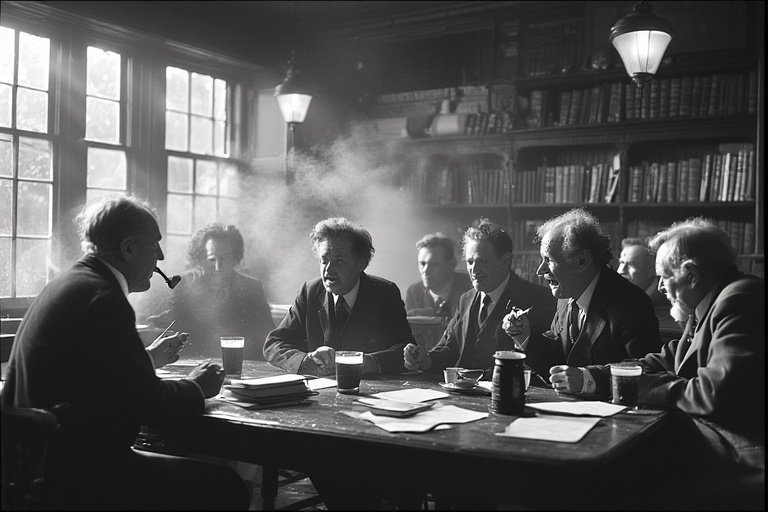
It was here that Lewis prodded Tolkien to persevere with The Lord of the Rings when the story threatened to overwhelm its author. It was here, too, that Tolkien’s blunt critiques helped Lewis sharpen the allegorical clarity of The Chronicles of Narnia. Williams contributed his heady blend of theology and mysticism, while Barfield explored language and myth with philosophical intensity. They were not always gentle with one another — Tolkien famously disliked Narnia — but their friction was creative, forging steel out of story.
From their camaraderie and contention, entire mythologies were born. Tolkien’s Middle-earth and Lewis’s Narnia became modern epics, offering readers not escape from reality, but a deeper encounter with truth, morality, and wonder. The Inklings proved that fantasy was not childish diversion, but a vessel capable of carrying the weight of theology, philosophy, and the human condition itself.
This Oxford circle turned pub chatter into legend, and their imagined worlds are still being walked, read, filmed, and loved by millions.
8.THE BEATS (1940's – 50's, US)
In shabby apartments thick with cigarette smoke and in cafés pulsing with bebop jazz, a restless band of writers tore into the fabric of postwar America. Jack Kerouac, Allen Ginsberg, William S. Burroughs, and Neal Cassady scribbled furiously in notebooks, on napkins, on the backs of envelopes, chasing experience as if it were scripture. They rejected the buttoned-down conformity of the 1950s, instead exalting spontaneity, raw honesty, and the ecstatic rhythms of the road.
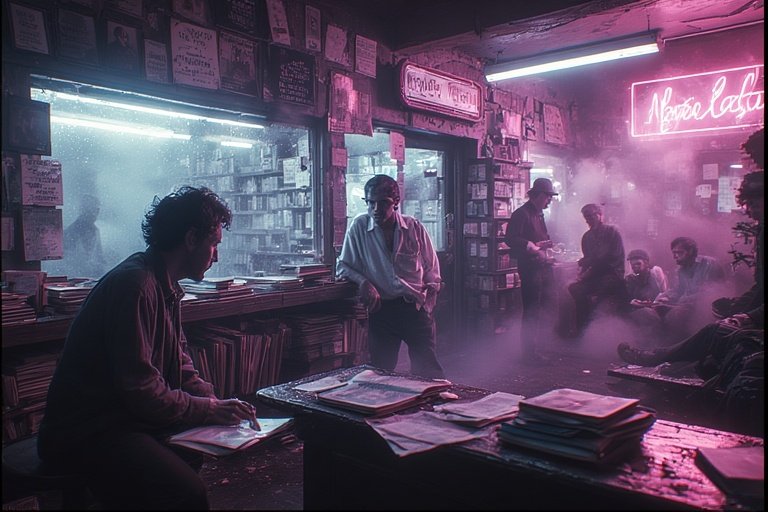
Kerouac’s On the Road turned wanderlust into gospel, capturing the desperate hunger for meaning on highways stretching into the night. Ginsberg’s Howl — first read aloud in a San Francisco gallery in 1955 — was more than a poem; it was a detonation. Its unfiltered rage and tenderness against “Moloch” America gave voice to a generation suffocating under consumerism and repression. Burroughs, with Naked Lunch, pushed the limits of form and obscenity, his fragmented visions tearing away polite veneers to expose the machinery of addiction, violence, and control. Cassady, though not a writer in the same sense, became the living spark — his reckless energy and freeform storytelling embodied the Beat ethos.
What began as a handful of misfits trading words and jazz-infused visions became the kindling for a cultural wildfire. The Beats made it acceptable — even necessary — for literature to be messy, profane, and alive. They broke censorship trials wide open, defied conventional form, and gave permission for art to be both personal confession and political revolt.
This circle of Beats lit the fuse that roared into the counterculture of the 1960s, proving that a poem shouted in a smoky room could ripple outward until the whole society shook.
The Circle Always Returns

Again and again, these circles prove the same truth: literature doesn’t stay on the page. The Transcendentalists gave us abolition and civil rights. Harlem gave us a proud Black identity. Bloomsbury reframed feminism. The Beats sparked rebellion. Small rooms became revolutions.
Revolutions don’t always begin in parliaments or on battlefields. Sometimes they begin in a pub, a parlor, or a candlelit villa. The University Wits, Villa Diodati, the Inklings — each show how a handful of dreamers can set the world spinning in a new direction.
And today? The next school of revolution might already exist — in a Discord channel, a Substack thread, a podcast collective, or in a circle of writers bound by nothing more (and nothing less) than an ember-bright idea.
That’s the spirit we honor in the Obsidian Flame Society: the conviction that when voices join together — to argue, to imagine, to write — the sparks can leap far beyond the circle.
So pay attention. Somewhere, maybe even here, the next gathering is already underway. And the world is about to change.
